While we often think of endangered species as something happening overseas, the UK has plenty of its own at-risk animals.
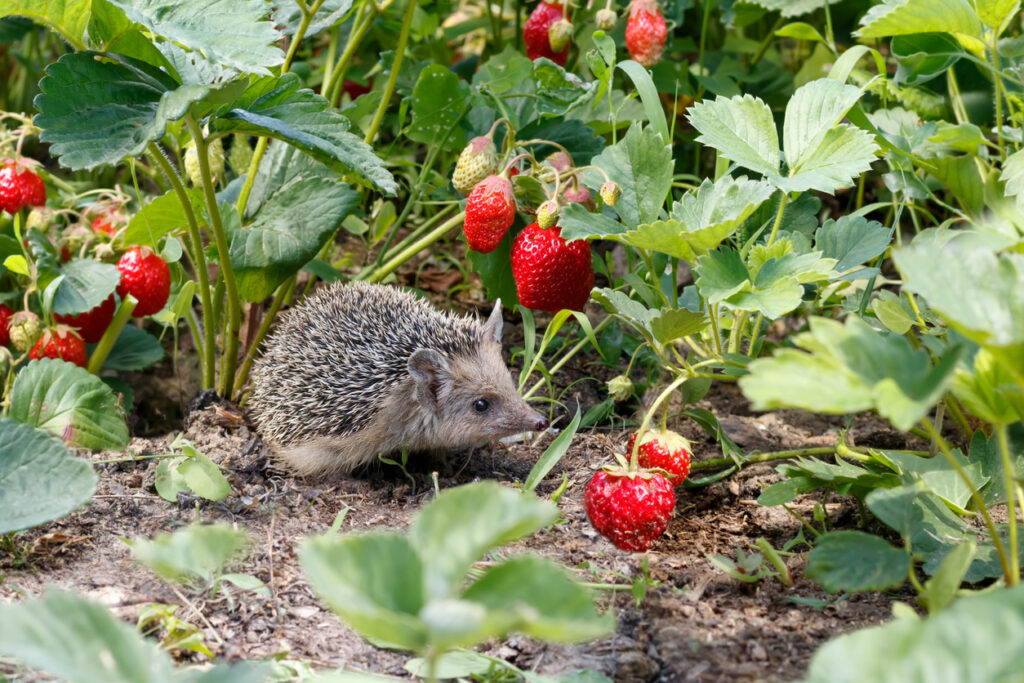
Sadly, hedgehogs, dormice, water voles, and certain birds and insects are all struggling to survive. However, the good news is, individual actions really do make a difference. Whether you’ve got a garden, a window box, or just some free time, here are some practical and realistic ways to support endangered wildlife right here at home.
1. Make your garden wildlife-friendly.
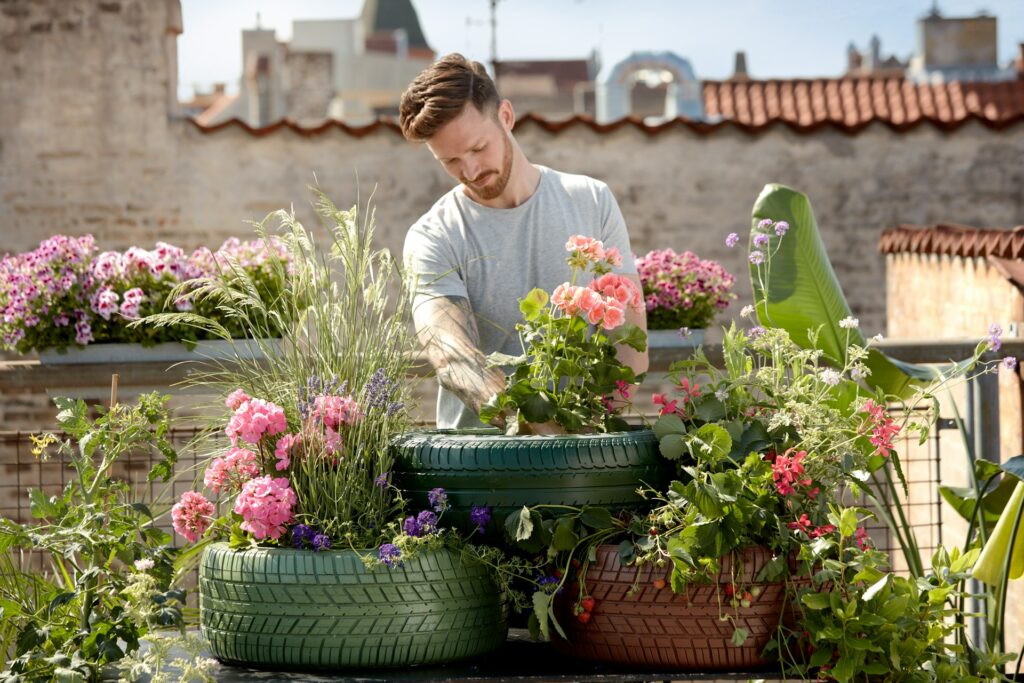
Even a small garden can become a haven for struggling species. Planting a variety of native shrubs, wildflowers, and trees provides food, shelter, and nesting areas for everything from bees to hedgehogs. Try to leave a few corners a little untidy—log piles, overgrown patches, and long grass can all be hugely beneficial. You don’t need a big space to make a real impact.
2. Stop using pesticides and weedkillers.
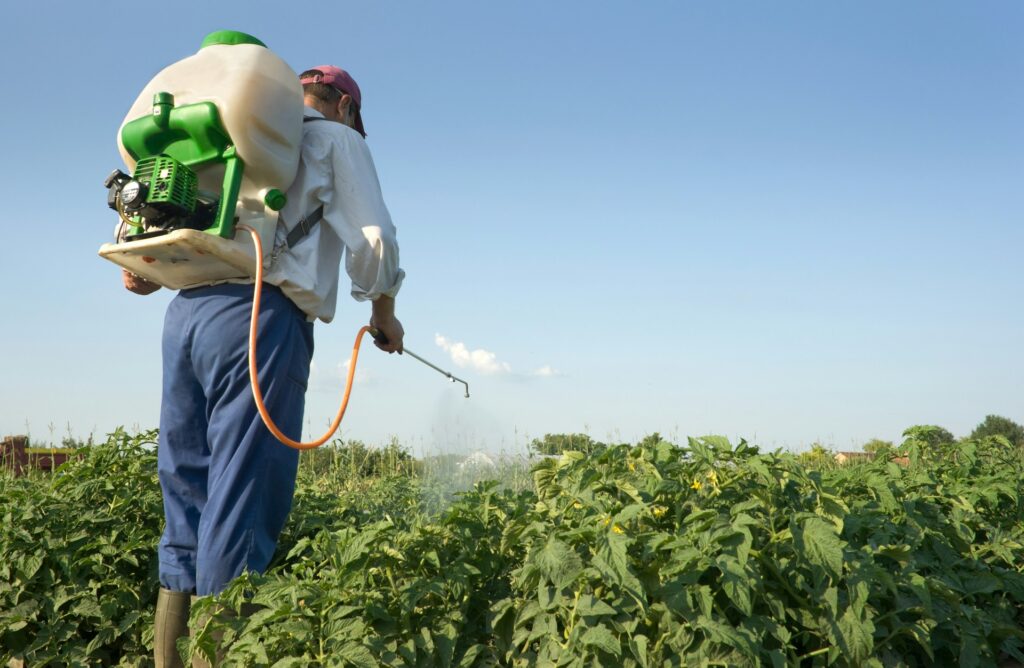
Chemicals used in gardening and farming are a major cause of insect and bird decline. Pesticides don’t just target pests—they often harm bees, butterflies, and other important pollinators too. Switch to organic methods, hand-weeding, or companion planting. Letting nature manage itself a little more can restore healthier balances in your local patch.
3. Support local rewilding projects.
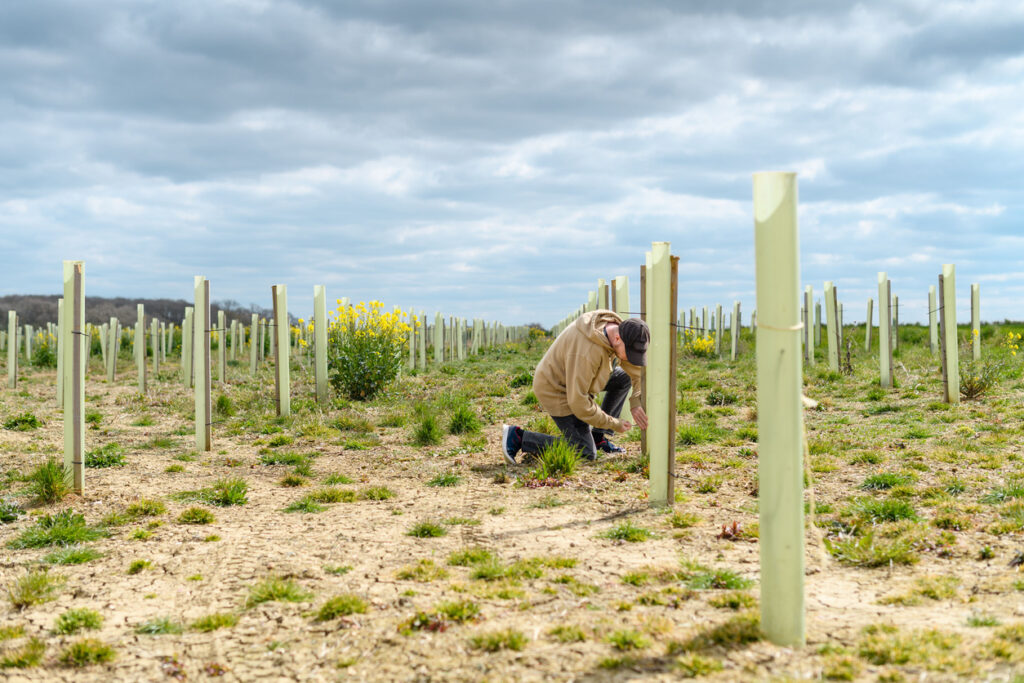
Across the UK, rewilding is becoming more than just a buzzword. From the Scottish Highlands to small community woodlands, more projects are focused on returning land to a natural state to help wildlife bounce back. You can support these efforts by volunteering, donating, or simply spreading the word. Even attending open days and educational walks helps keep momentum going.
4. Join a conservation group.
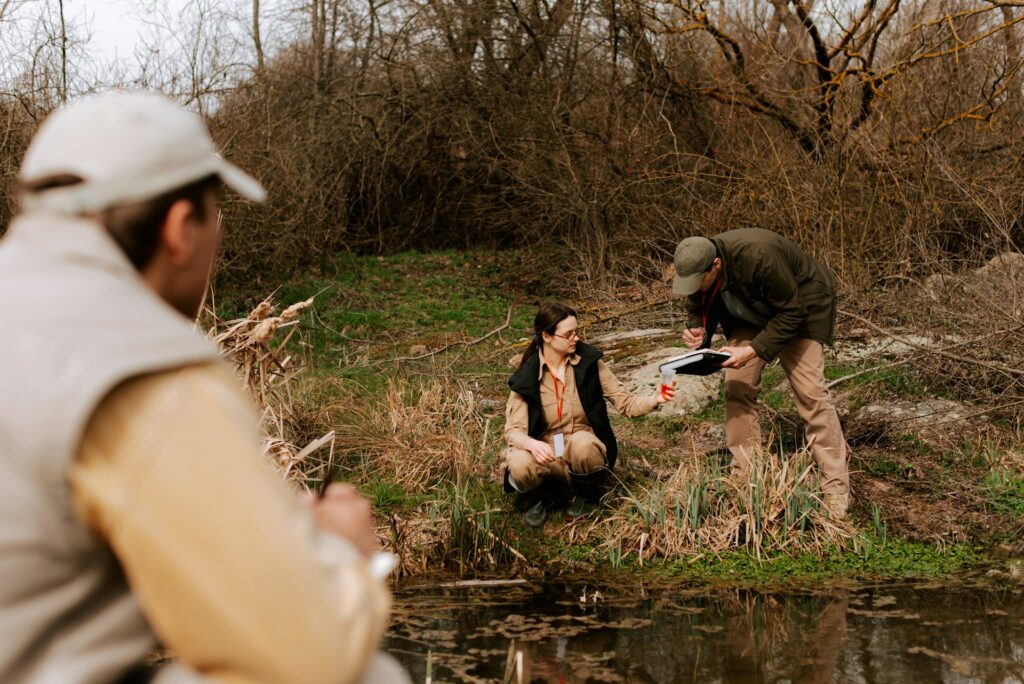
Groups like The Wildlife Trusts, RSPB, and Buglife are constantly working on the front lines of UK conservation. Becoming a member or donating helps fund habitat protection, species recovery, and public engagement efforts. Many also offer newsletters or updates, so you’ll stay informed and be part of a wider community of people who care about making a difference.
5. Leave out water for wildlife.

In hot or dry spells, clean water can be a lifesaver for birds, mammals, and insects. A shallow dish with some pebbles or a birdbath placed in a shady spot goes a long way. Make sure to clean it regularly to prevent the spread of disease. It’s one of the simplest things you can do to make a difference on a daily basis.
6. Support nature-friendly farming.
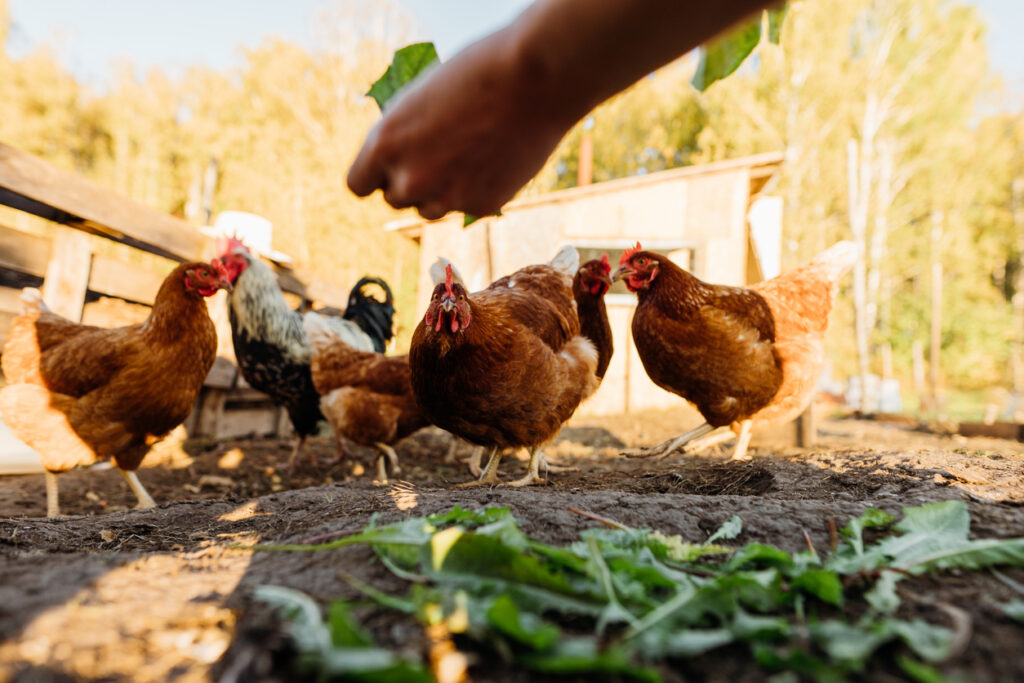
The way our food is grown has a massive impact on UK wildlife. Choosing organic or nature-friendly produce (especially from local farms that focus on regenerative practices) helps reduce harm to habitats and encourages healthier soil and ecosystems. Look out for labels like “organic,” “Pasture for Life,” or “LEAF marque” to spot the producers going the extra mile for nature.
7. Build a hedgehog highway.
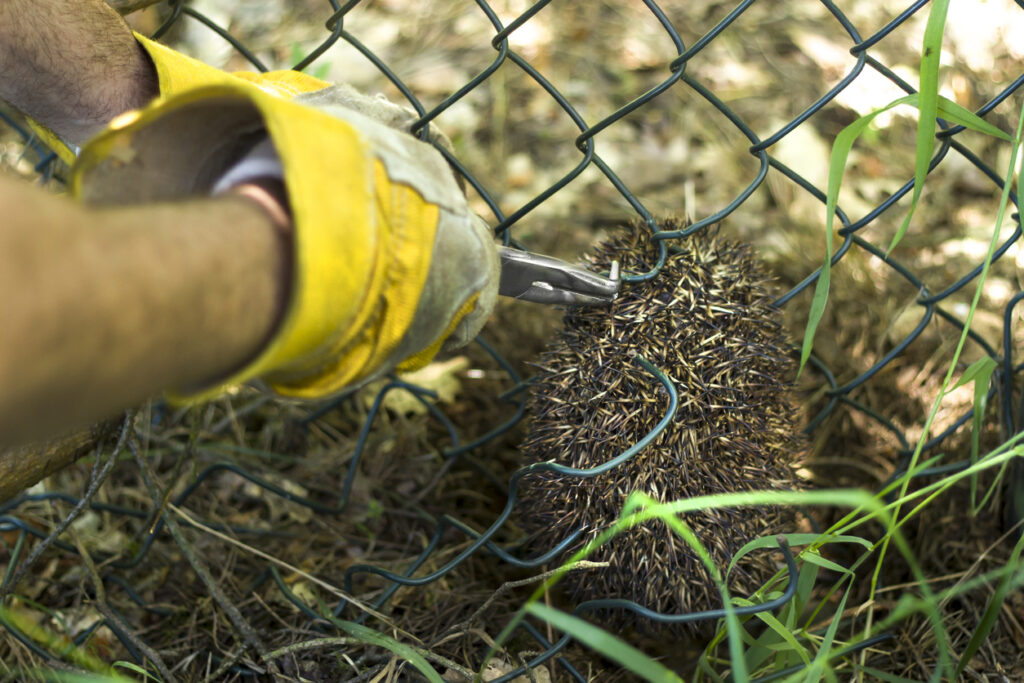
Hedgehogs are disappearing rapidly in the UK, and garden fences are part of the problem. Creating a small hole (about 13cm by 13cm) at the base of your fence allows them to travel between gardens in search of food and mates. You can even register your hole on hedgehogstreet.org to join a growing national network of hedgehog-friendly gardens.
8. Ditch the artificial grass.

While it might seem low-maintenance, artificial turf is a dead zone for wildlife. It offers no food, shelter, or benefit to insects, birds, or small mammals, and it contributes to overheating and poor drainage too. Replacing it with real grass, wildflowers, or even a small gravel patch with plants makes a much more inviting space for wildlife to visit and live in.
9. Record your wildlife sightings.
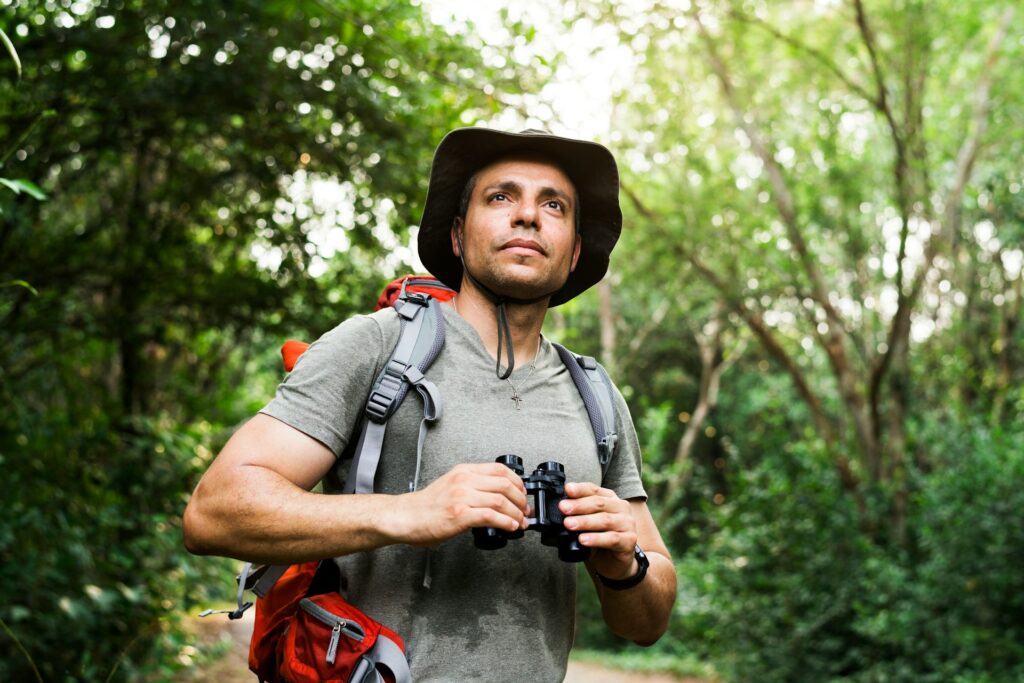
Citizen science plays a huge role in conservation. Apps like iRecord, BirdTrack, or Butterfly Conservation’s Big Butterfly Count let you report what you’ve seen—from common frogs to rare moths. This data helps scientists monitor population trends, identify hotspots, and protect vulnerable species more effectively across the country.
10. Let parts of your lawn grow wild.
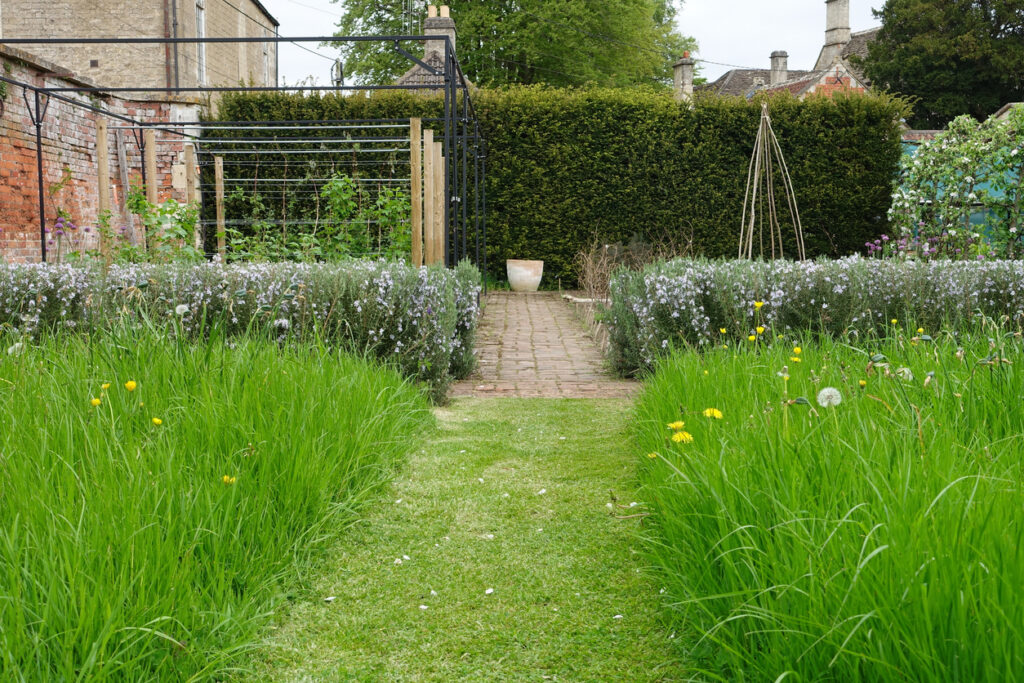
Short grass is neat, but long grass is a buffet for insects and a shelter for small creatures. Letting some areas grow naturally, especially during spring and summer, can dramatically increase biodiversity. Many councils and gardeners now take part in “No Mow May,” but even a small corner left untouched through the season makes a big difference for pollinators and ground-nesting species.
11. Support wildlife corridors and green links.
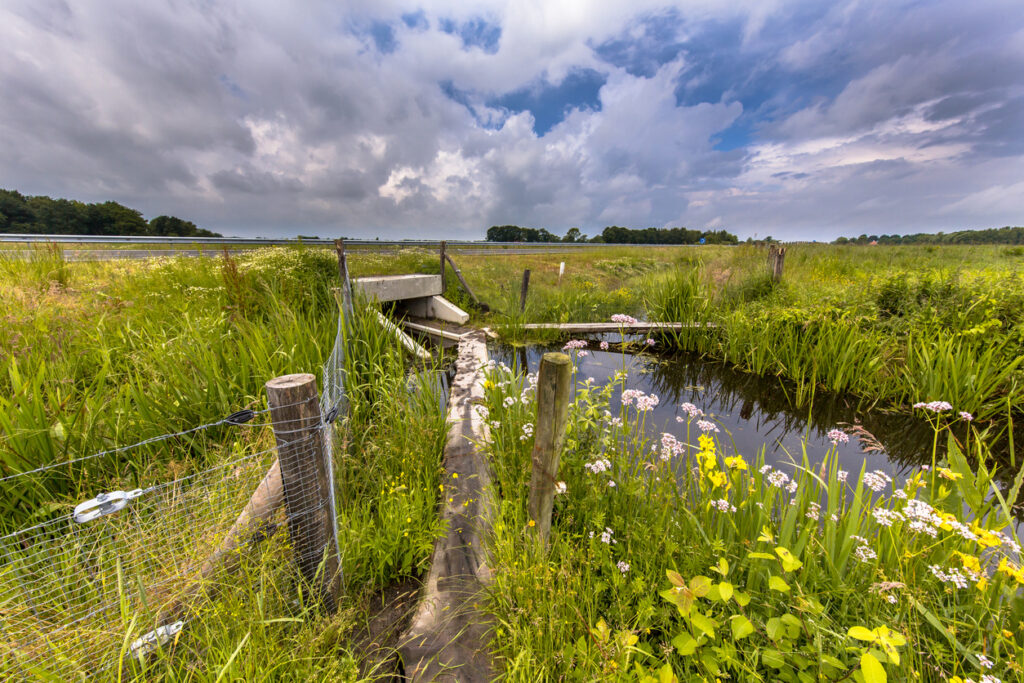
Urban expansion and development break up natural habitats into isolated fragments. Wildlife corridors—hedgerows, wild verges, tree lines—help animals move safely between green spaces. Supporting local campaigns to protect or restore these corridors is key. You can also create your own version with climbers, hedges, or layered planting in your garden.
12. Keep pets in check during nesting seasons.
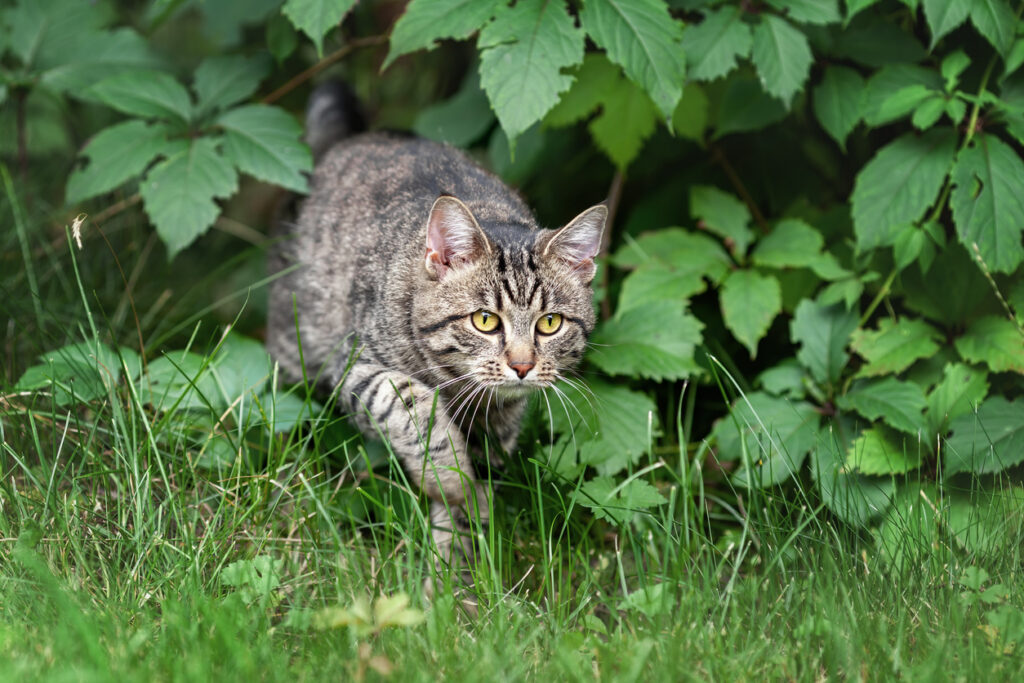
Spring is a sensitive time for nesting birds, amphibians, and mammals. Cats and dogs can easily disturb or harm wildlife without meaning to. Consider using bells on cat collars, keeping pets indoors during dawn and dusk, or watching carefully around known nesting spots. A few small adjustments can protect vulnerable young animals.
13. Write to your MP about local wildlife concerns.
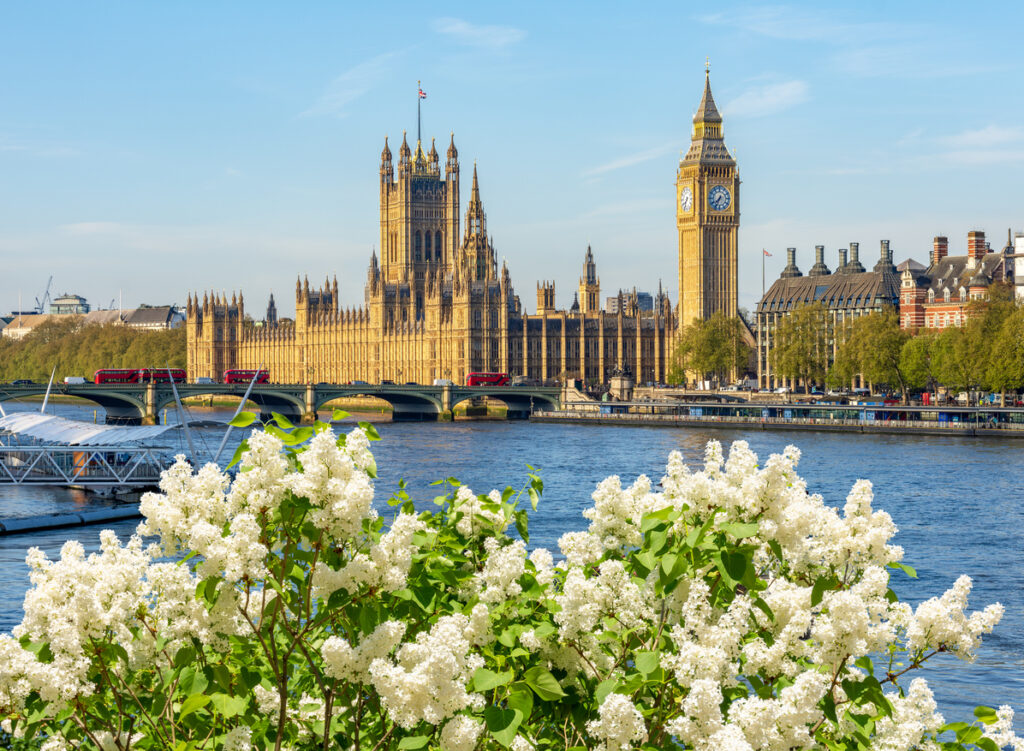
Local planning decisions, funding for nature reserves, and national policies all affect wildlife protection. Writing to your MP to raise concerns or support environmental action keeps pressure on politicians to prioritise biodiversity. You don’t need to be an expert—just sharing your thoughts and encouraging positive action can have more influence than you might think.
14. Choose peat-free compost.
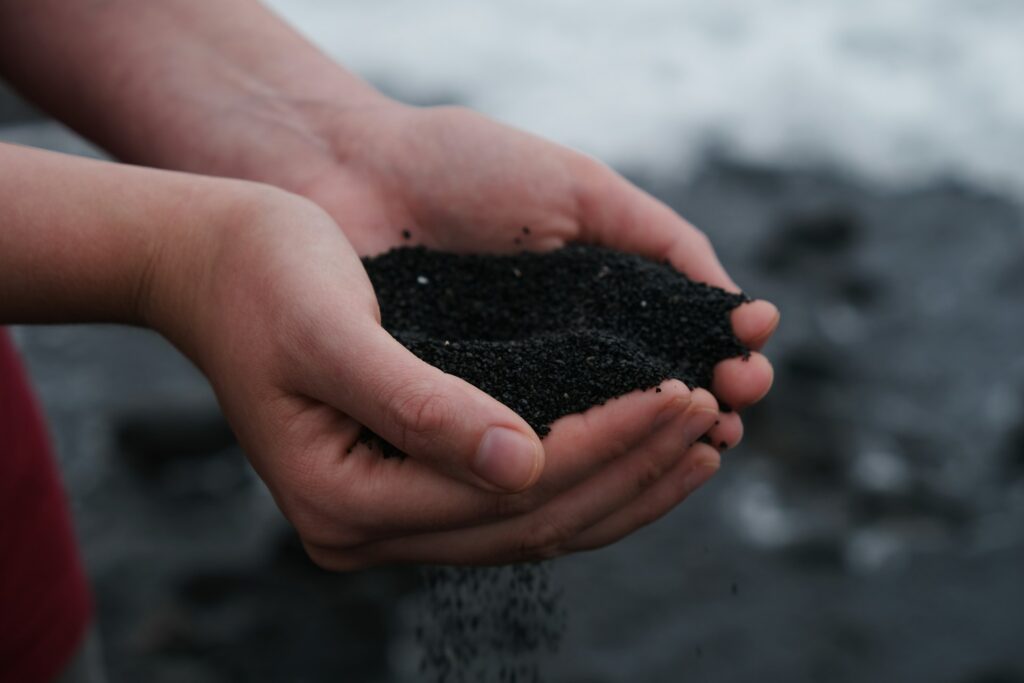
Peat extraction destroys precious bog habitats that support rare UK species like curlews, dragonflies, and sundew plants. These habitats also store huge amounts of carbon and take centuries to recover once damaged. Switching to peat-free compost is now easy, with most garden centres offering alternatives. It’s a quick win for your plants and the planet.
15. Create a mini pond.
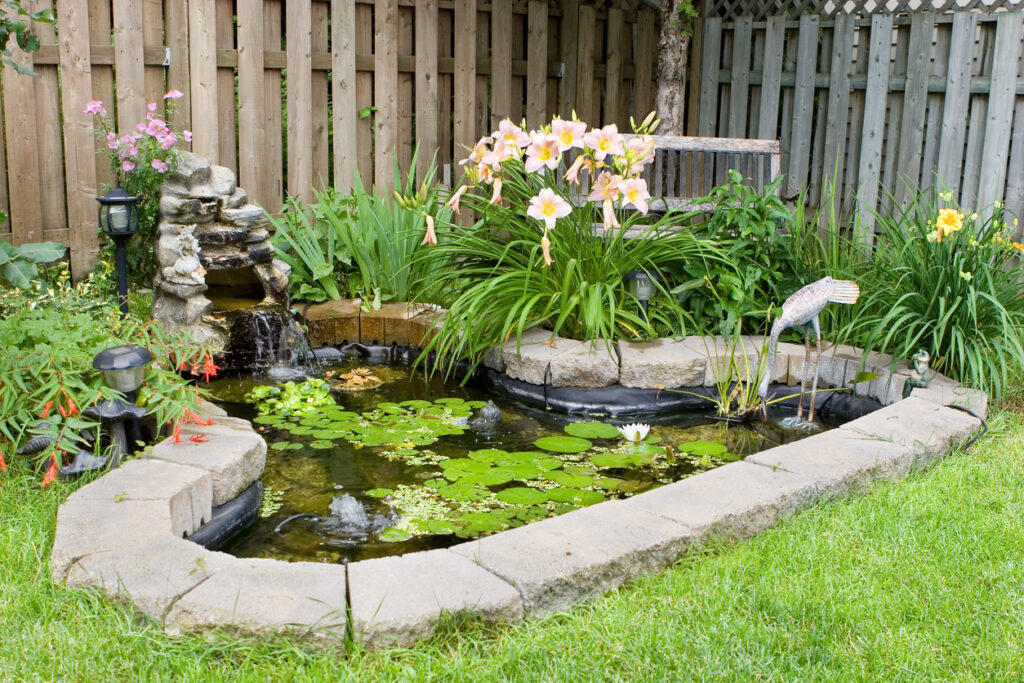
You don’t need a large garden to have a pond. Even a sunken washing-up bowl filled with rainwater and some pond plants can attract frogs, dragonflies, and birds. Ponds provide vital drinking, breeding, and feeding space for a wide range of species. Just make sure there’s a shallow side or escape ramp for anything that climbs in.
16. Leave dead wood and leaf litter.
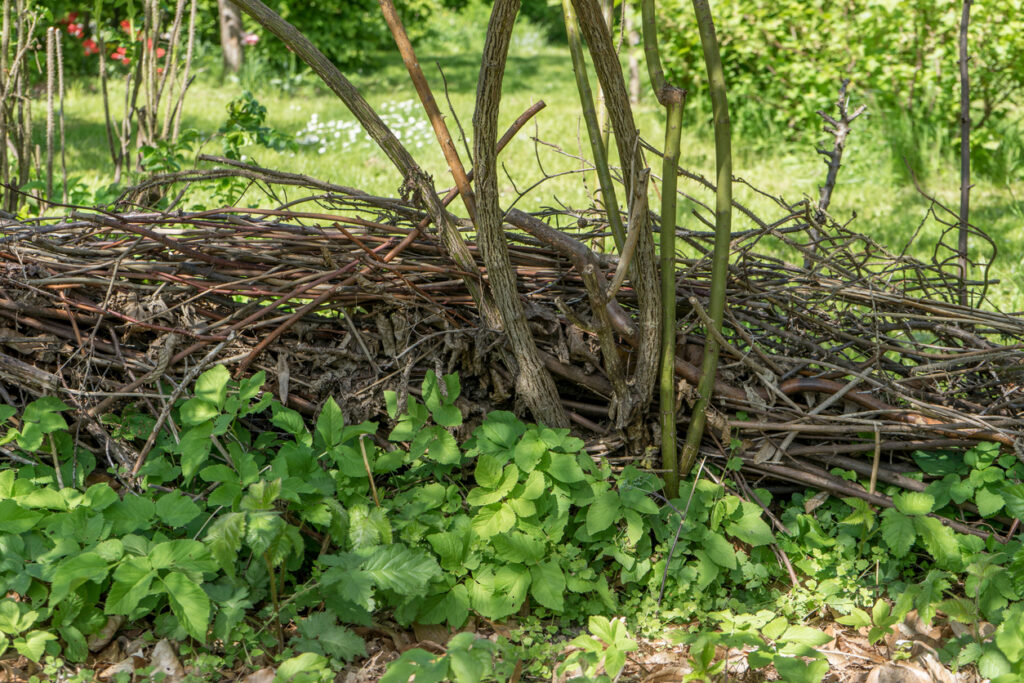
Rotting logs, fallen branches, and piles of leaves aren’t mess—they’re mini ecosystems. Beetles, fungi, birds, and amphibians all rely on decaying organic matter for food and shelter. Letting a log or branch pile sit undisturbed in a shady part of the garden helps recreate woodland conditions in even the most urban backyards.
17. Support reintroduction projects.

Beavers, white-tailed eagles, pine martens, and wildcats are all being reintroduced to parts of the UK to restore balance to ecosystems. These efforts often face pushback or funding challenges. Reading up on the projects, countering misinformation, or even visiting the rewilded areas helps generate public support for bringing native species back where they belong.
18. Shop with wildlife in mind.

Products containing palm oil, unsustainably sourced timber, or cheap meat can indirectly contribute to biodiversity loss. Choosing items with sustainability certifications like FSC, RSPO, or Soil Association approval supports more ethical supply chains. Where possible, choose fewer, better-quality items and support local makers who work in harmony with nature.
19. Protect your windows with decals or netting.
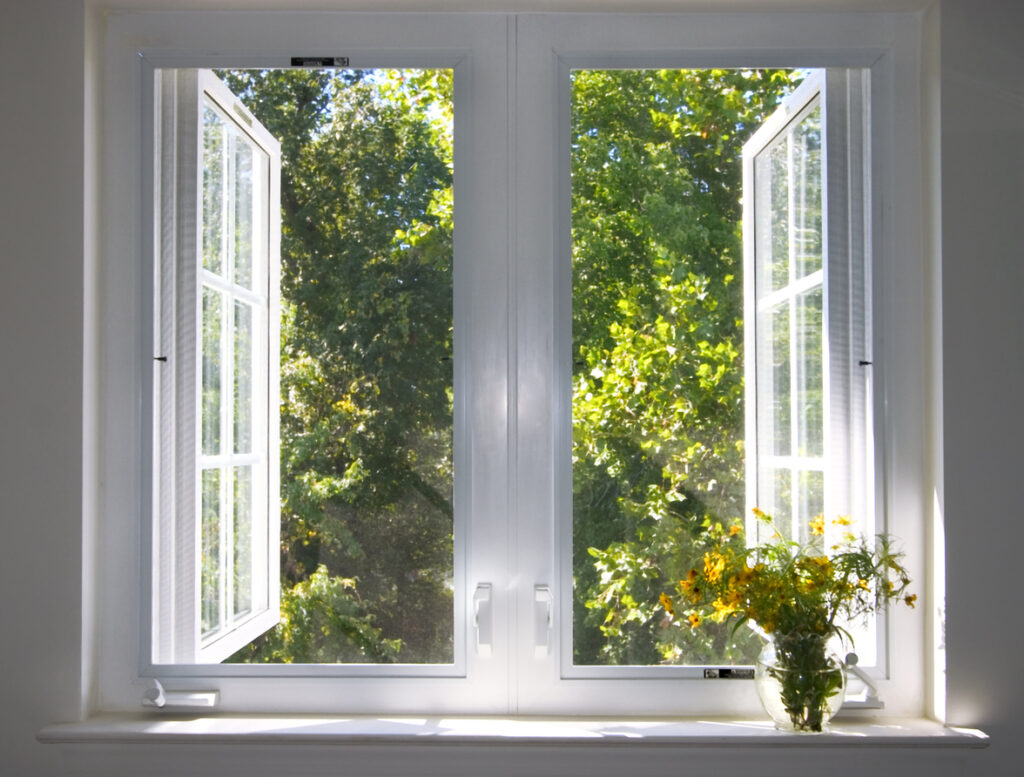
Birds often collide with windows because they see reflections of sky or trees. These accidents are more common than you’d think and can be fatal, especially in urban areas. Adding subtle decals, stripes, or mesh to large windows—especially near feeders or garden spaces—helps birds recognise the glass and avoid injury.
20. Talk about it.
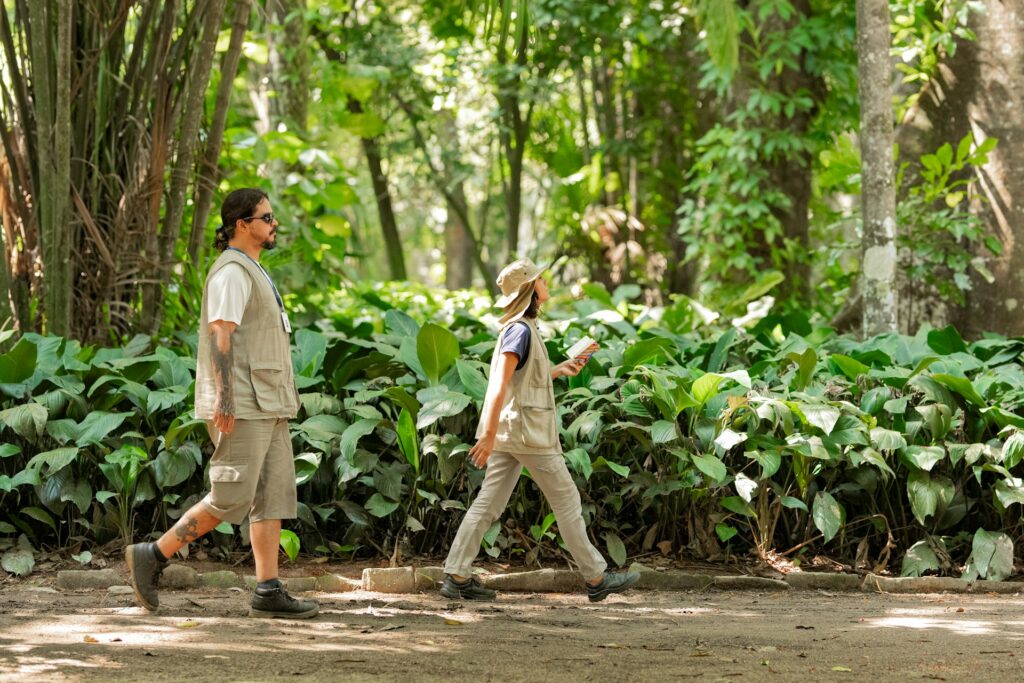
One of the most powerful things you can do is simply start conversations. Whether it’s encouraging a neighbour to plant wildflowers or posting about a hedgehog sighting on social media, spreading awareness gets more people involved. Endangered species need champions—and every person who learns something new becomes another voice for the creatures that can’t speak up for themselves.